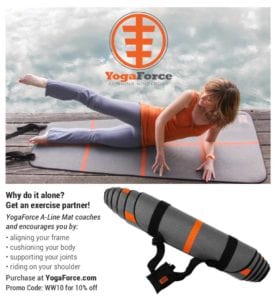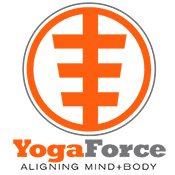
Below is a v timely article by our Guest Blogger, Susan Treadway.
Why Work Out? Why Fitness Matters and How to Get Started
Exercise isn’t just a tool for achieving a drool-worthy beach body. Physical activity is something every single person needs to stay physically and mentally healthy. Moving your body keeps it working properly, so you can move through life with ease and keep serious lifestyle diseases at bay. People who don’t get enough physical activity are at an increased risk of illnesses ranging from the common cold to osteoporosis to cancer.
If that’s not motivation enough, consider exercise’s mental health benefits. According to the National Alliance on Mental Illness, exercise relieves bad moods and stress, thanks to its effects on brain chemistry. In fact, exercise is so powerful that it can aid in the treatment of mental health conditions like depression, anxiety, grief and even drug and alcohol addiction. People in addiction recovery report using exercise to overcome cravings, squash negative thoughts, and emotions, build self-confidence, and add structure to everyday life. Even if you’re not coping with something as difficult as mental illness or addiction recovery, getting active can improve your mood, increase your energy, reduce your stress, boost your focus, and help you relax.
Getting Started
If you’re accustomed to a sedentary lifestyle, workout routines can read like a foreign language. Rather than subscribe to one fitness trend or another, experiment with different forms of exercise to find one that fits your needs and lifestyle. After all, the best workout is the one you can stick with.
For a well-rounded fitness regimen, seek a mixture of these activity types:
- Aerobic activity: Aerobic activity, also known as cardio, is an exercise that increases your heart rate and breathing. Examples include walking, hiking, running, swimming, cycling, and dancing.
- Strength training: Strength training improves functional fitness and promotes strong bones. Strength training includes weight lifting, resistance band workouts, and bodyweight exercises including push-ups, pull-ups, and squats. Incorporate exercises that target different muscle groups to prevent strength imbalances.
- Core exercises: Core exercise focuses on muscles in the pelvis, hips, lower back, and abdomen to improve balance and posture. Building a strong core requires more than crunches; check out these core exercisesfrom Daily Burn for ways to build a healthy core. Here is one more: https://www.sport-fitness-advisor.com/abdominalexercises.html
- Balance training: Balance training improves coordination, which is especially important for older adults. Many strength- and core-training exercises also improve balance, but for focused training consider yoga, tai chi, and other balance exercises.
- Stretching: Stretching promotes flexibility and prevents injury. Stretch after warming up and as part of your cool-down and use yoga to improve your range of motion.
Maintaining a Fitness Regimen
Starting a new fitness regimen is easy, but sticking with it is hard. However, fitness isn’t a quick-fix solution; regular exercise is necessary for lifelong health. The American Heart Association offers these tipsfor staying active for life:
- Make time: Schedule exercise at regular days and times so it becomes part of your lifestyle, not an afterthought. Start with short sessions and build up as your strength and endurance grow.
- Have the right gear: Dressing appropriately for exercise keeps you safe and comfortable. In addition to comfortable clothing and properly fitted sneakers, choose quality exercise equipment like the YogaForceA-Line mat.
- Create active habits: Increase the amount of exercise you get in an average day by taking the stairs, parking at the far end of the lot, choosing walking and biking over driving, and moving during commercial breaks and throughout the workday.
- Track progress: Tracking physical activity in a notebook lets you see your progress and provides subtle motivation to get moving.
- Choose fun activities: Working out doesn’t have to be a chore. Seek activities you enjoy, like hiking, team sports, kayaking, dancing, or another active hobby. Mix it up to keep workouts interesting.
Exercise isn’t just for people who are already physically fit. Every single person, whether young or old, overweight or in-shape, benefits from an active lifestyle. Whether you want to lose weight, gain strength, overcome aches and pains, or improve your heart health, adopting a fitness habit will help you reach your goals.







